This week the Lincoln Red Cattle Diary is focussed on one of the Estate’s smallest, but most essential residents: Worms.
While we may all be familiar with them, their usefulness and part to play in maintaining a healthy ecosystem are often overlooked. Thanks to worms, the pastures benefit from better soil aeration, which allows for better and longer-lasting plant growth. This also helps with better soil drainage, reducing the risk both of surface runoff and flooding. Worms also assist with better soil turnover, meaning plants can better access the nutrients they need.
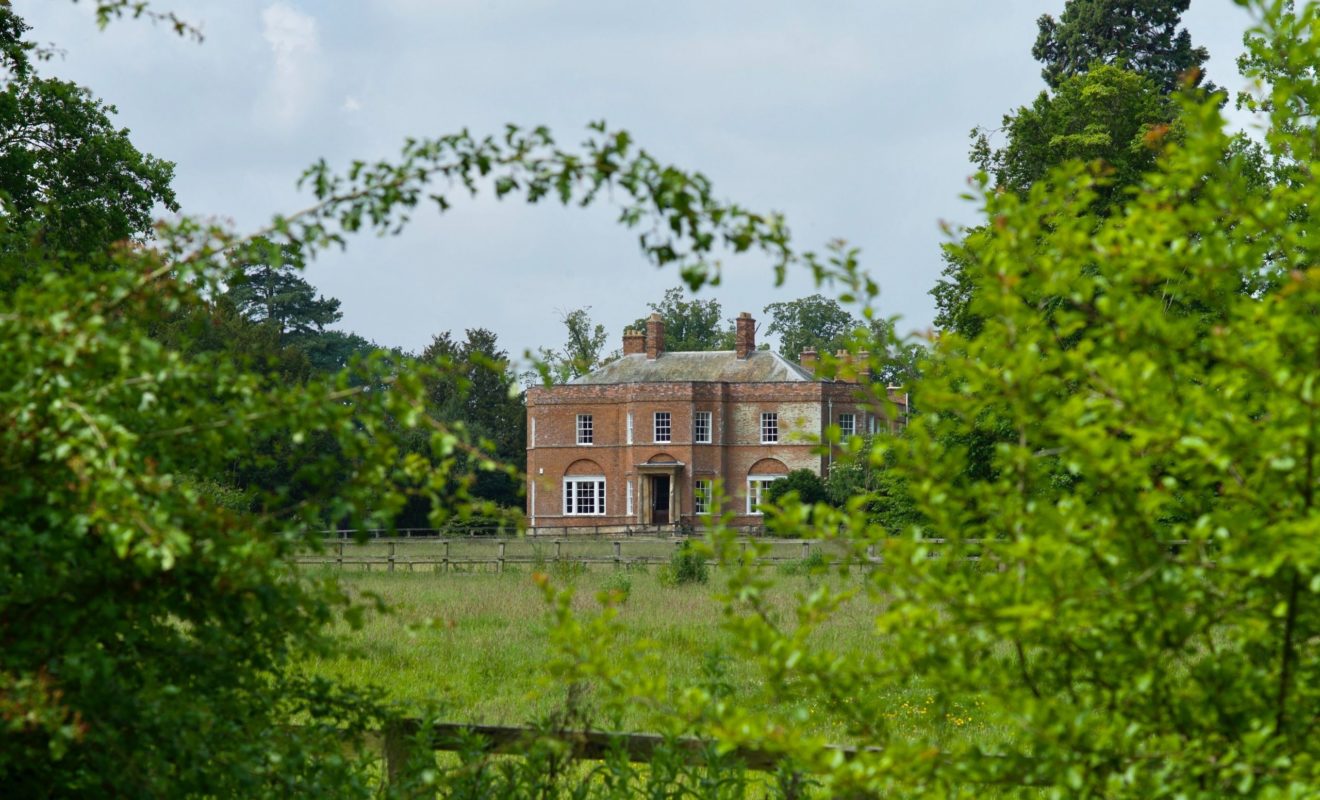

At South Ormsby, our worms have the benefit of the Lincoln Red herd, helping them out for a good portion of the year. Cow manure is a huge help to the various soil fauna found on the Estate, providing vital nutrients, which aids in the growth of their numbers. This can be especially said for two species in particular – dung beetles, and earthworms. As they take the manure and break it down, bringing those nutrients into the soil, they also prevent the pasture’s grass from being too badly damaged.
The population change of earthworms caused by the presence of cattle is impressive. A study published in December 2018 found that there is a 66% to 1200% positive difference in population numbers in an area with cow manure vs an area without. While it cannot be said for sure, it’s likely that the more Lincoln Reds we have out in our paddocks, the more worms we will have as well!
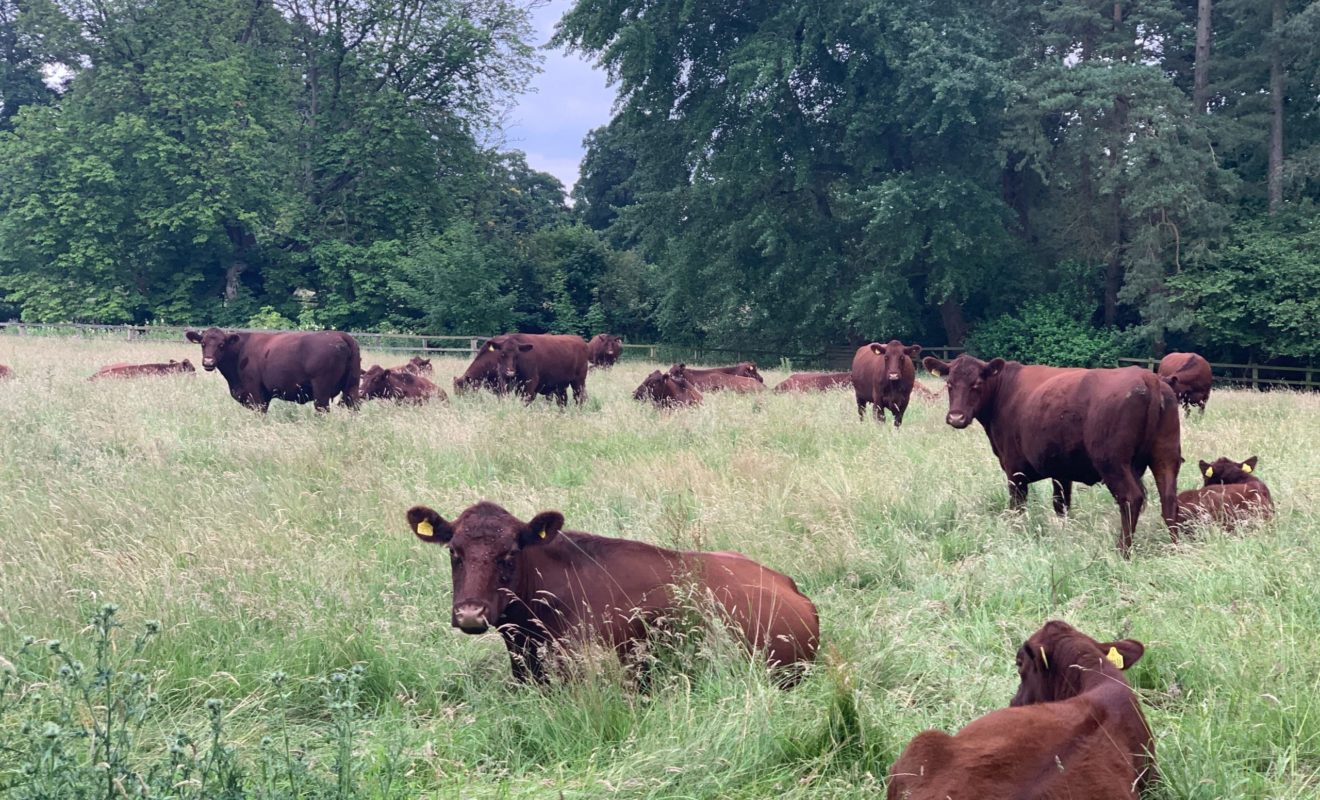

There is, however, a fine line to tread – overgrazing on any one area reduces the amount of organic material available for worms on or below the surface of the ground. Without enough grass, mulch and other organic material, the worms cannot thrive and grow in number. That is why our one-hectare paddock system, implemented last year, is particularly beneficial. The cattle groups are moved every three days into the next paddock, where they can enjoy the long grass there. On this cycle, they will return to their first paddock after 6 weeks, which gives the grass plenty of time to grow back in and helps protect and provide for the animals that live there – such as our worms!
The Lincoln Red cattle are enjoying this paddock system, as it reduces the amount of grazing done to one particular area. This means that when they return to each paddock, the grass has grown back thick and lush, rather than as sparse as it may be if they stayed in one place for a little longer. We are doing our part to look after all of South Ormsby’s residents, big and small.
Recent Entries


Rural AI & Our Digital Future: a Chat with Sabrina
Read more
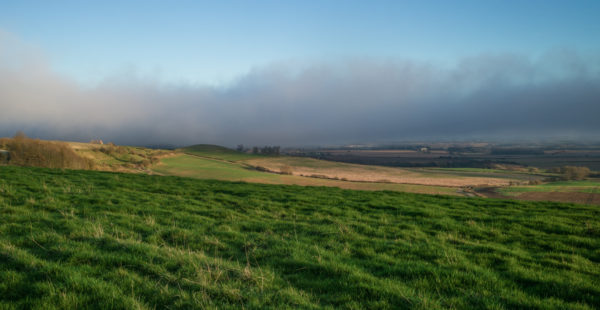

A Week on the Estate: Vernal Equinox, Digital Skills & Climate Smarts
Read more
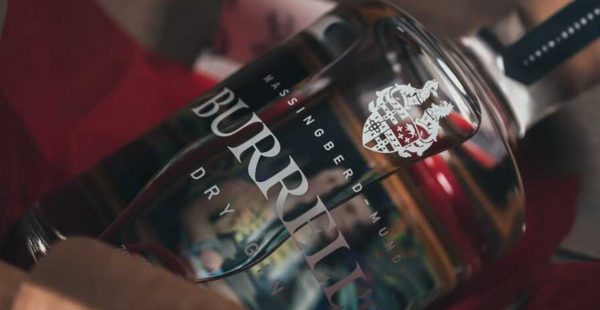

Meet the New Master Distiller: a Catch-up with Ed Gibson
Read more
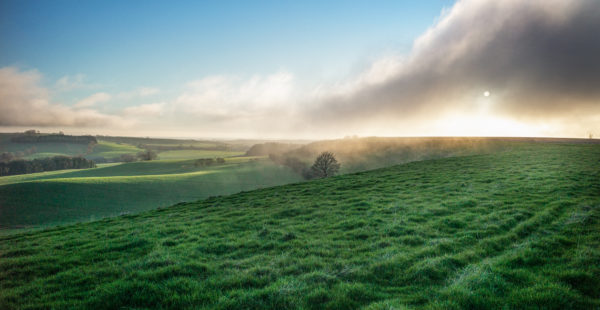

A Week on the Estate: Spring Arrives, Inspirational Women & Bird Tours
Read more

